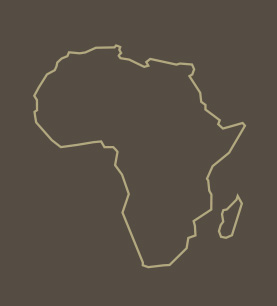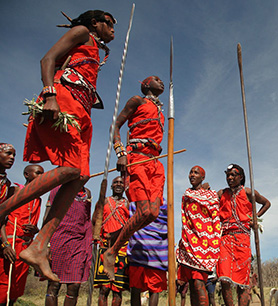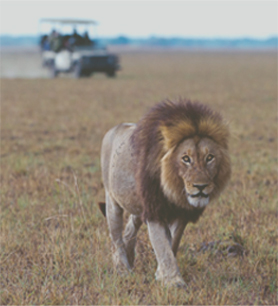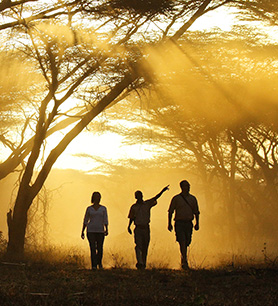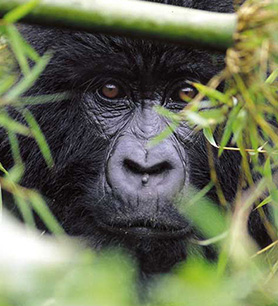Successfully relaunched by an important conservation project, the Akagera National Park is the largest protected wetland in central-eastern Africa and the last remaining refuge for savannah-adapted species in Rwanda.
The National Park
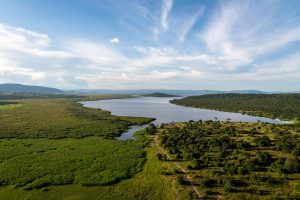 Founded in 1934 by the Belgian government, the Akagera National Park is a protected area covering over 1,122 km2 in eastern Rwanda, at the border with Tanzania. Despite its small size, the park boasts an incredible variety of habitats including savannas, forests, mountains, lakes and swamps.
Founded in 1934 by the Belgian government, the Akagera National Park is a protected area covering over 1,122 km2 in eastern Rwanda, at the border with Tanzania. Despite its small size, the park boasts an incredible variety of habitats including savannas, forests, mountains, lakes and swamps.
The park takes its name from the Akagera River, which flows along its eastern border and feeds a labyrinth of lakes, of which Lake Ihema is the largest. Rwanda is known as “the land of a thousand hills” and also the Akagera National Park features a mountainous portion, with peaks close to 2,000 meters high in the region of Mutumba Hills.
Today the park hosts an extraordinary biodiversity with over 12,000 large mammals, including all the Big Five, and 482 species of birds, but only twenty years ago it was about to disappear.
Some history
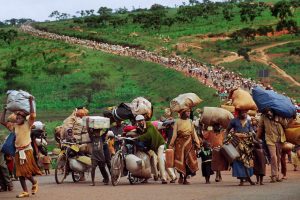 Between 1990 and 1994, during the Rwandan Civil War which culminated with the Tutsi genocide, the Akagera National Park territories became the battlefield of clashes between the Rwandan army and the Rwandan patriotic front.
Between 1990 and 1994, during the Rwandan Civil War which culminated with the Tutsi genocide, the Akagera National Park territories became the battlefield of clashes between the Rwandan army and the Rwandan patriotic front.
The war had devastating consequences for the park and in 1997 its area was reduced from 2,500 km2 to 1,122 km2, converting more than half of the land into pasture to allow refugees returned to Rwanda to start farming and raising livestock.
The high population density, the human encroachment within the park and the poaching led to the extinction of lions, which before the 1990’s were more than 300, the disappearance of rhinos and the replacement of the park’s wildlife with thousands of cattle.
In the 2000’s the biodiversity of the park was practically lost, and with it employment and tourism. The value of the park had fallen to be considered non-existent. This makes what happened in 2010 and following years even more remarkable.
The conservation project
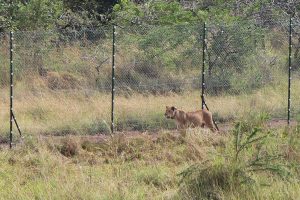 In 2010 African Parks, a non-profit organization based in Johannesburg, and the Rwanda Development Board (RDB), a Rwandan government agency, signed a 20-years agreement for the rehabilitation and joint management of the Akagera National Park.
In 2010 African Parks, a non-profit organization based in Johannesburg, and the Rwanda Development Board (RDB), a Rwandan government agency, signed a 20-years agreement for the rehabilitation and joint management of the Akagera National Park.
With the agreement the Akagera Management Company (AMC) was established and the park management was given to the biologist Jes Gruner.
In the following years, also thanks to the financial support of private institutions such as the Howard Buffett Foundation, several initiatives were undertaken to increase the safety of the park, to reduce poaching and to reintroduce extinct species.
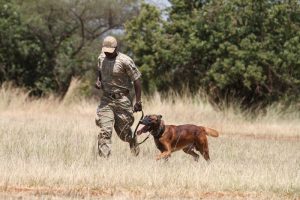 In 2013, 120 kilometers of solar-powered electric fence were installed to create a border between the park and the surrounding villages, thus limiting the conflict between humans and wild animals. A canine anti-poaching unit was trained and deployed in the park in 2015.
In 2013, 120 kilometers of solar-powered electric fence were installed to create a border between the park and the surrounding villages, thus limiting the conflict between humans and wild animals. A canine anti-poaching unit was trained and deployed in the park in 2015.
Thanks to the help of zoos, parks and reserves in both Africa and Europe, the wildlife previously eradicated from the park has been reintroduced with very good results.
The lions, hunted up to the extinction in the 1990’s, have been reintroduced in 2015 and their population, today of about 25 individuals, has more than tripled. In 2017, after 10 years of absence from the park, 18 black rhinos were reintroduced.
Akagera today
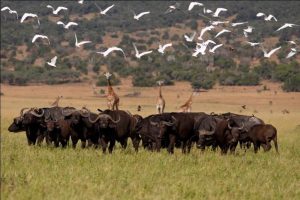 Since African Parks took over the management of the park in 2010, poaching has significantly declined, wildlife has thrived again and the tourism industry has changed.
Since African Parks took over the management of the park in 2010, poaching has significantly declined, wildlife has thrived again and the tourism industry has changed.
Today the large mammals population in the park, reduced to 4,000 in 2010, exceeds 12,000 animals. With the reintroduction of lions and rhinos, the Akagera National Park is the only park in Rwanda where all the Big Five are present: lions, leopards, buffalos, elephants and rhinos. The park’s wildlife also includes several endangered species such as the sitatunga and the shoebill.
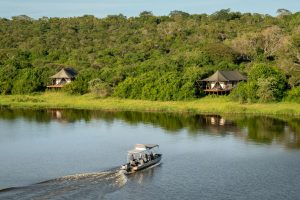 Since 2010 tourism has exploded: more than 44,000 tourists, half of them Rwandan, visited the park in 2018 alone, generating a record turnover of 2 million dollars and making the park 75% self-sufficient in just 8 years. This has also benefited the local population, whose number of employees in the park between 2010 and 2014 has increased from 59 to 220 and continues to grow.
Since 2010 tourism has exploded: more than 44,000 tourists, half of them Rwandan, visited the park in 2018 alone, generating a record turnover of 2 million dollars and making the park 75% self-sufficient in just 8 years. This has also benefited the local population, whose number of employees in the park between 2010 and 2014 has increased from 59 to 220 and continues to grow.
The relaunch of the park was also facilitated by important operators such as Wilderness Safaris, which in 2019 inaugurated Magashi Camp, a luxury camp with 6 tents located in the north-eastern sector of the park. Wilderness supports the park and local communities with a number of initiatives including the study and monitoring of endangered species, the training and employment of local staff and the support to conservation students and graduates.
Akagera is considered the new frontier of safari and responsible tourism and it offers to those lucky enough to visit it the opportunity to live an extraordinary experience in nature, which is nourished by a complex and compelling history: that of a par which, as the country that hosts it, has survived a catastrophe and has been able to rise again.
